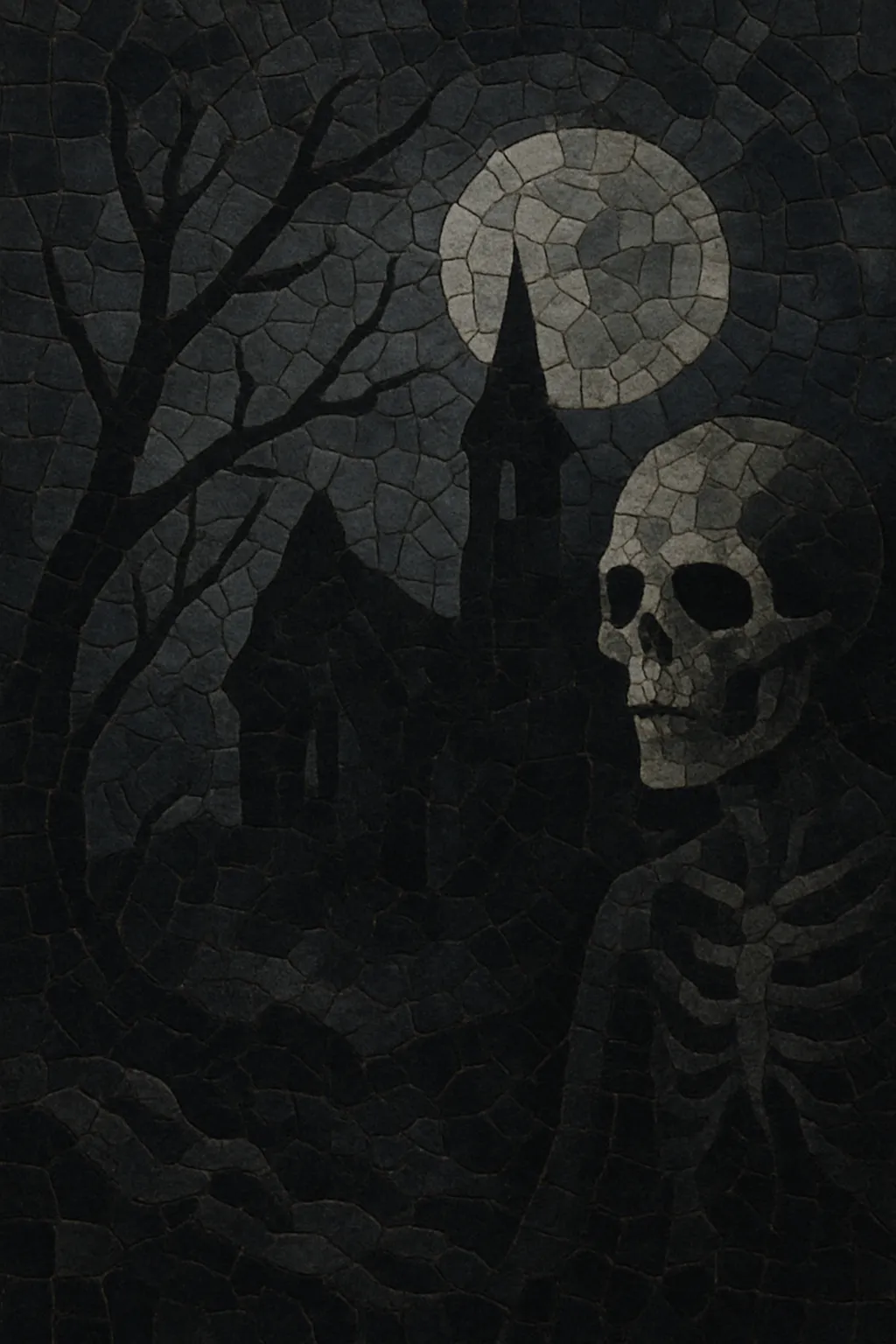Black ambient is a dark, minimalist offshoot of ambient music that absorbs the bleak aesthetics, occult imagery, and lo‑fi sensibilities of the early Scandinavian black metal underground. It emphasizes oppressive drones, cavernous reverb, and distorted or corroded textures over melody and rhythm, often feeling more like a hostile environment than a conventional composition.
Compared with broader dark ambient, black ambient typically leans harsher and more nihilistic: tape hiss, feedback, and degraded samples are embraced rather than removed; guitars may be processed into indistinct spectral washes; and vocals, if present, manifest as distant whispers, ritual chants, or buried screams. The result is a soundworld that evokes desolation, winter, subterranean spaces, and metaphysical dread.
Black ambient coalesced in the early 1990s alongside the second wave of Scandinavian black metal. Artists from that scene began issuing entirely ambient releases or long ambient passages, translating black metal’s misanthropic worldview into beatless form. Norwegian projects like Burzum and Neptune Towers (Fenriz of Darkthrone) issued stark, synthesizer‑driven records; meanwhile, Swedish and Finnish acts such as Abruptum and Beherit explored format‑blurring territory between noise, industrial, and ambient austerity.
The style’s sonic vocabulary—glacial drones, cavernous reverbs, degraded recording chains, and ritual/occult thematics—was reinforced by labels and circles close to both black metal and industrial culture. Sweden’s Cold Meat Industry milieu (and adjacent artists like MZ.412/Nordvargr) helped normalize a blackened industrial/ambient continuum, while tape trading propagated lo‑fi production as an aesthetic choice rather than a limitation.
Through the 2000s, black ambient extended beyond its metal origins. Artists in Germany, Switzerland, the UK, and the US folded in field recordings, modular synthesis, and granular processing. Parallel scenes—dungeon synth and atmospheric black metal—cross‑pollinated with black ambient, and projects like Vinterriket and Paysage d’Hiver showcased porous borders between glacial ambient, raw black metal, and winter‑obsessed sound design.
The digital era expanded access to tools and distribution, bringing cleaner production options even as many practitioners deliberately retained a corroded, cassette‑worn patina. Black ambient’s influence now appears across depressive black metal, blackened drone/doom, and select experimental electronic niches, where its signature sense of voidlike space and ritual solemnity remains a defining hallmark.


